blend
Materials for available blended.
Fibers
- A wide variety of fibers can be used as long as the fiber length is approximately 5 mm.
- In addition to natural fibers such as pulp, synthetic fibers (special shapes also available) can be used.
- Characteristic functional fibers such as carbon fiber, biodegradable fiber, and Super absorbent fiber (SAF) can be blended.
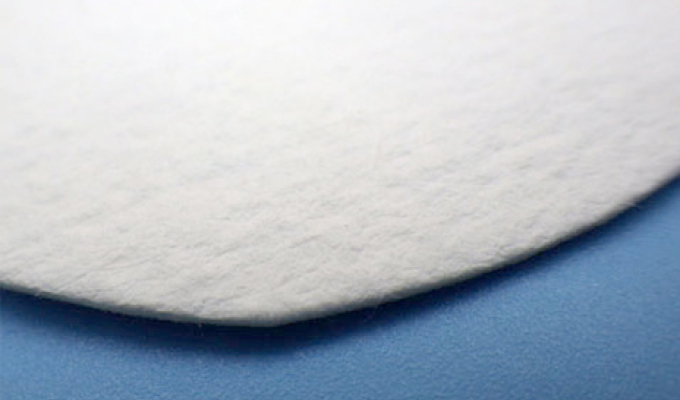
Pulp
An aggregate of cellulose fibers extracted from wood and other plants. Pulp is relatively inexpensive among fibers and has high absorption performance.
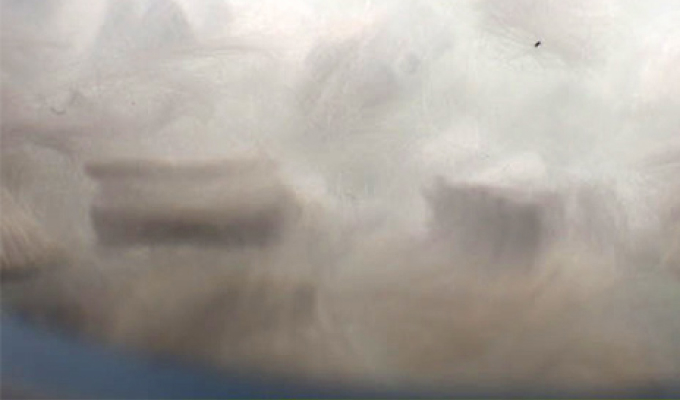
Synthetic fibers (monofilament)
Synthetic fibers made of single-component polymers such as polyethylene, polyester, and polyethylene phthalate.
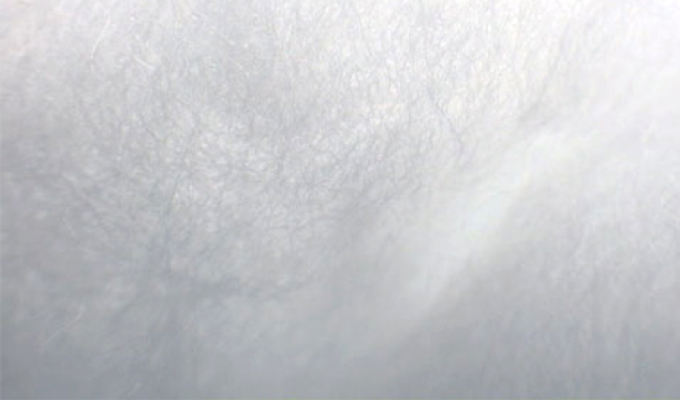
regenerated fibers (rayon)
Cellulose fiber manufactured using the viscose method. A long fiber with a unique strong luster and excellent smoothness and drapability.
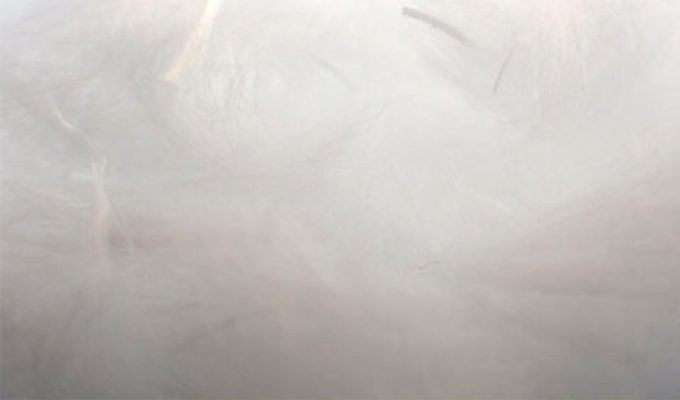
Bi-component fibers
A composite fiber made of two different types of polymers such as PE/PP, PE/PET, and PET/PET. There are core-sheath, side-by-side, split, and irregularly shaped structures.
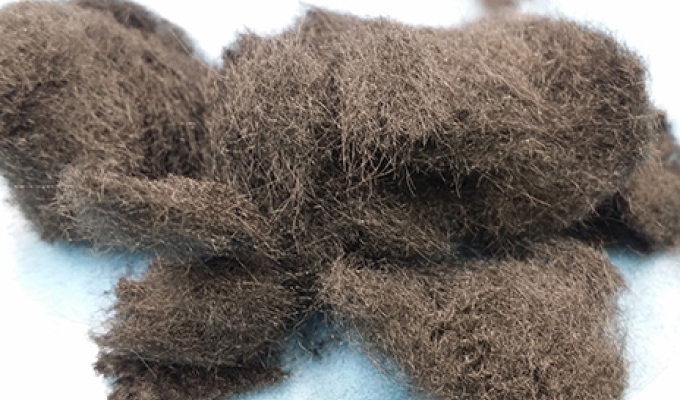
Carbon Fiber/Active Carbon Fiber
Carbon fiber is a fibrous material with a carbon mass content of 90% or more. It is characterized by its light weight and high strength. Activated CarbonFiber is a material in which the pore structure is further refined by activating carbon fiber. It is characterized by excellent adsorption of various gases, impurities in liquids, and odors in the air.

Super absorbent fiber
Polymer, mainly composed of sodium polyacrylate salt, is spun into fiber shape. It has properties such as high water absorption, high moisture absorption, absorption and release, and deodorant function.
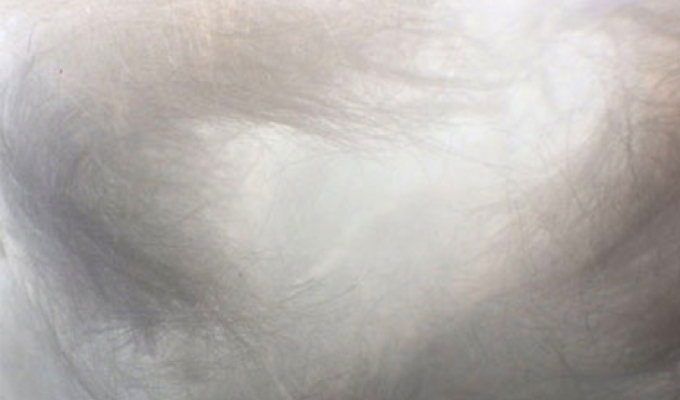
Poly Lactic Acid
Lactic acid produced by lactic acid fermentation, mainly from corn, is polymerized and converted into polylactic acid fiber. Fibers that are degraded by the action of microorganisms.
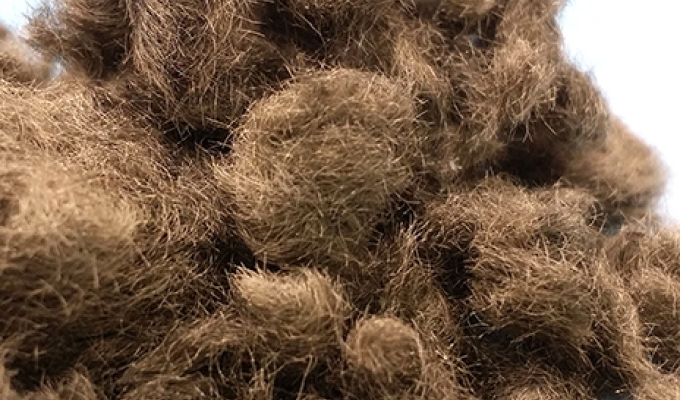
Antibacterial fiber
Fibers coated with an antimicrobial agent based on silver ions that has antimicrobial activity against a wide range of bacteria. Other antimicrobial fibers are also available.
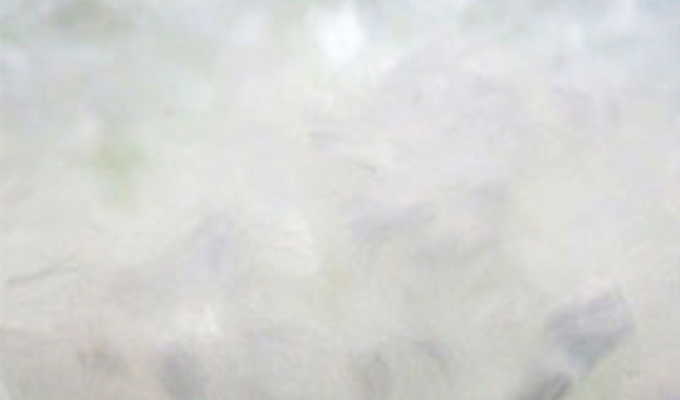
Flame resistance fiber
The main component is ceramic fiber, a man-made inorganic fiber made of silica and other raw materials that are fused into fiber. It has a noticeable delay in flame propagation.
Surface material
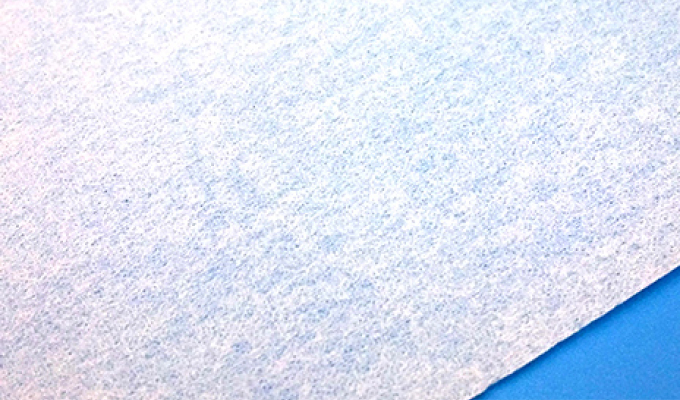
Tissue
Thin-leaf sanitary paper made from wood pulp and dry-crepe processed. It is flexible and has wet paper strength. Can be used for both the front and back surfaces.
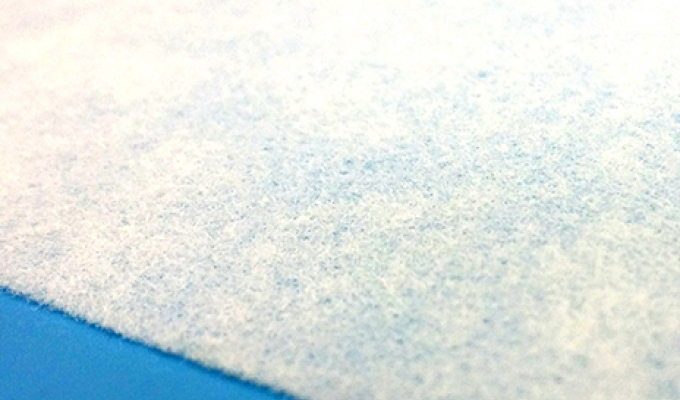
Airlaid nonwoven fabric
A nonwoven fabric in which the fibers are dispersed in air, suctioned onto a wire mesh, and bonded together.
*Can be used for both surface and backing materials.
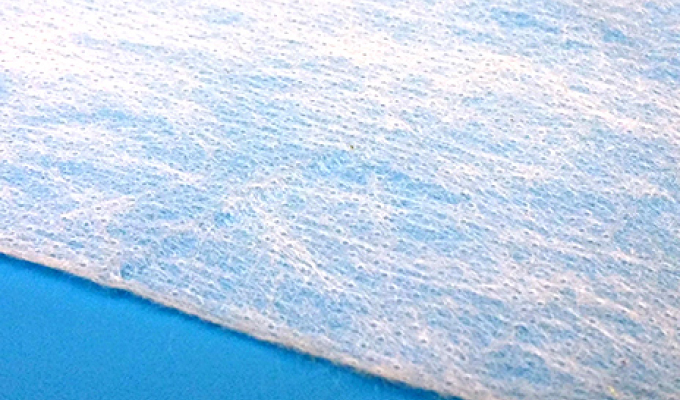
Supunbond nonwoven fabric
A nonwoven fabric consisting of continuous fibers spun from a nozzle by melting or dissolving a polymer, laminated and bonded on a moving screen.
*Can be used for both surface and backing materials (low breathability materials can only be used for surface materials).
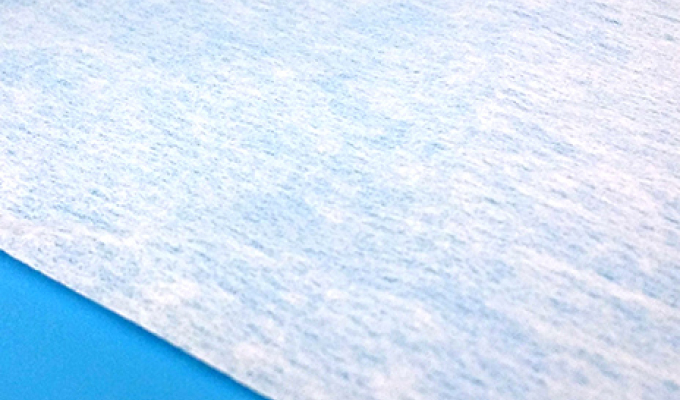
Thermalbonded nonwoven fabrics
Nonwoven fabrics made by heat-treating a web containing thermally bonded fibers, etc., under pressure or without pressure, and bonding them together.
*Can be used for both surface and backing materials (only surface materials can be used for thick and thin materials).
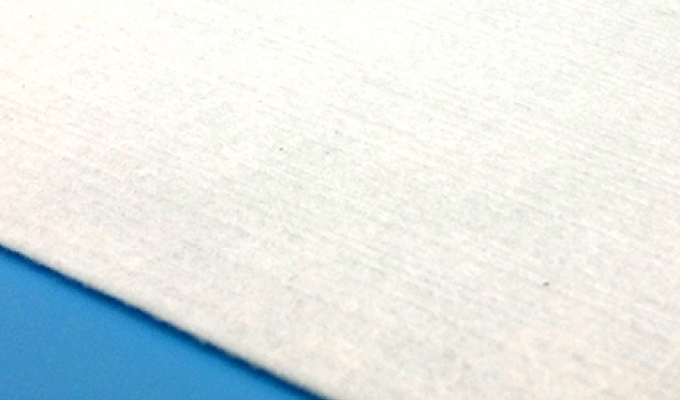
Spunlace Nonwovens
Nonwoven fabric made by interlacing fibers in a web by high-pressure water flow.
*Can be used for both surface and backing materials (only surface materials can be used for low air permeability materials).
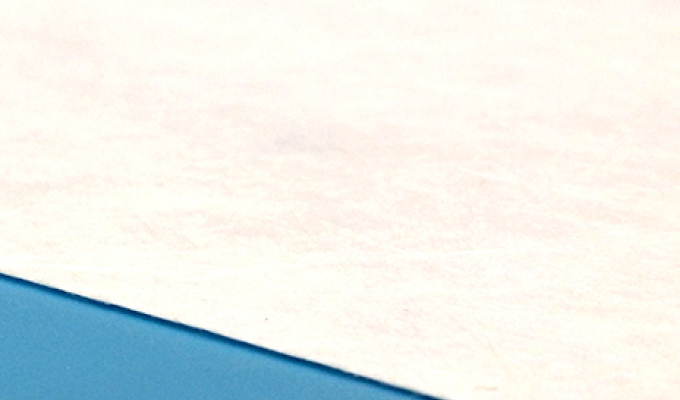
Wet Nonwovens.
Nonwoven fabrics made by dispersing fibers in water using the papermaking method, accumulating them into sheets, and bonding them together.
*Can be used for both surface and backing materials (only surface materials can be used for low breathability materials).
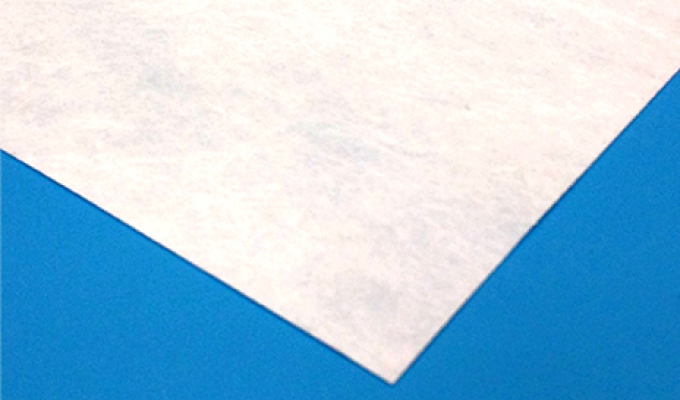
Meltblown nonwoven fabric
A non-woven fabric in which the polymer is spun into fibrous form in a high velocity hot gas stream, cooled, accumulated on a moving screen, and bound together.
*Can be used for surface materials only.
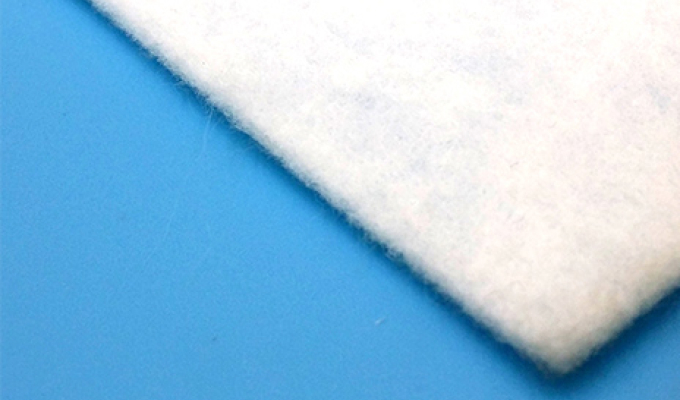
Needle punched nonwovens
A nonwoven fabric made by reciprocating metallic needles that trap fiber bundles on the needles and push them into the web, intertwining the fibers with each other.
*Can be used for surface materials only.
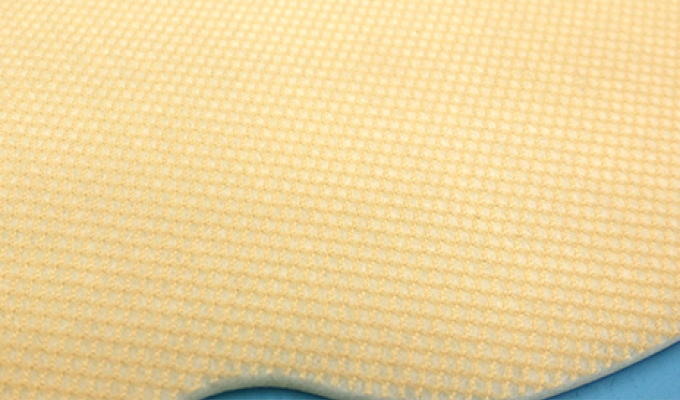
Knit
A fabric composed of a continuous mesh.
*Can be used for surface materials only.

Cloth
Cloth or "woven fabric." A textile fabric in which the warp yarns in the length direction and the weft yarns in the width direction are combined and intersected by the weaving machine at right angles to each other, up and down.
*Can be used only for surface materials.
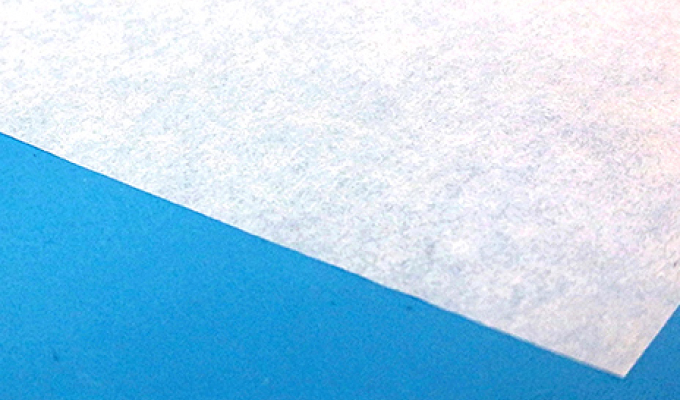
Tuck Paper
A sheet consisting of surface material for direct printing, adhesive for the glue portion, and release paper for the portion to be discarded when used.
*Can be used for surface material only.
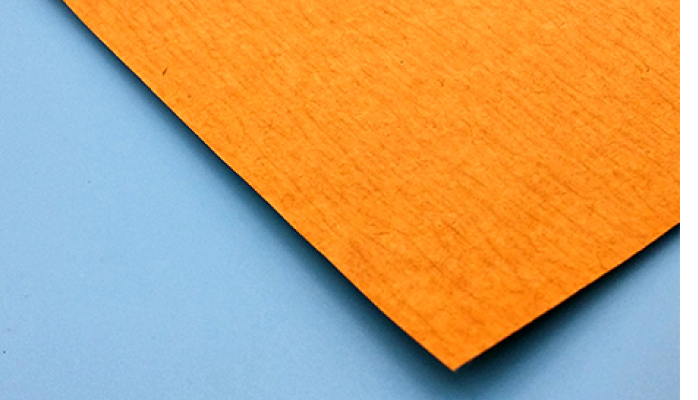
Kraft paper
A generic term for strong paper made from kraft pulp.
*Can be used for surface material only.
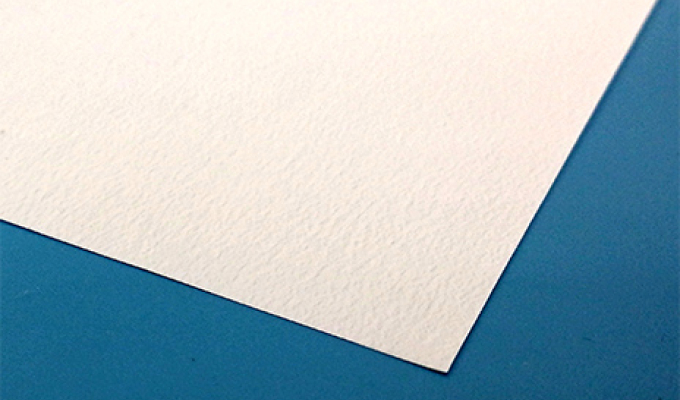
Film
A thin, flat product whose thickness is very small compared to its length and width, and whose maximum thickness is arbitrarily limited, usually supplied in the form of rolls. *Useable for surface materials only.
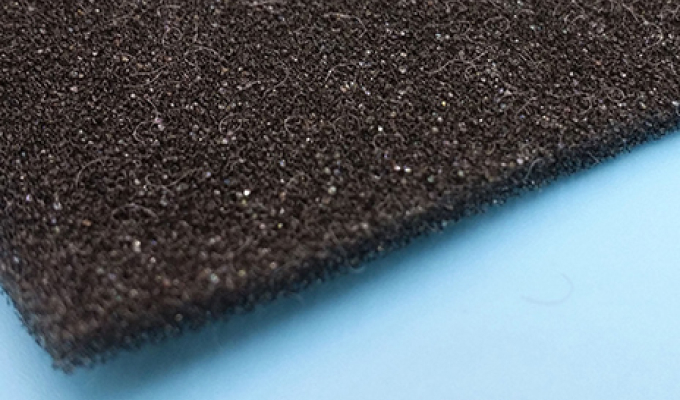
Urethane foam
Foam produced by foaming polyurethane using a foaming agent such as a low-boiling-point organic solution or water in the process of forming polyurethane. Can be used only for surface materials.
Powder
Basically, as long as safety is ensured, almost all powders can be used.
*Not all materials can be used.
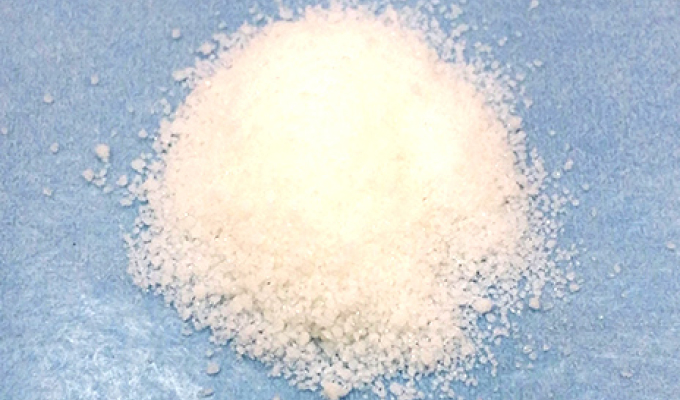
Super Absorbent Polymer (SAP)
A resin that absorbs a high degree of water and swells. Superabsorbent polymers are hydrophilic substances with a cross-linked structure that absorb water upon contact with water, and once water is absorbed, it is difficult to release the water even when pressure is applied.
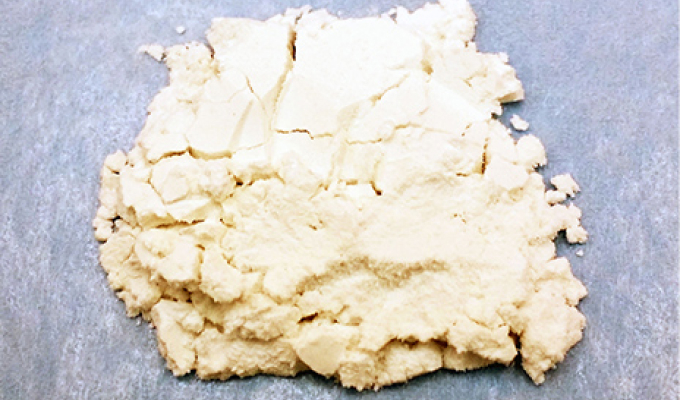
Calcined shells
Calcium hydroxide, the main ingredient of which is calcium hydroxide recognized as a food additive, "calcined shell calcium" decomposes bacteria and viruses. Features antibacterial, deodorizing, and antioxidant properties.
*Not all viruses and bacteria are compatible.
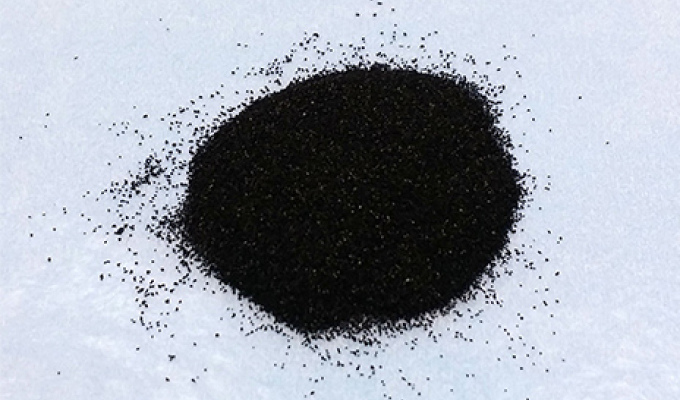
Activated Carbon
Activated carbon is carbon with micropores made from coal, coconut shells, and other carbon materials by reacting with gases and chemicals at high temperatures. It has the property of adsorbing various substances in these micropores.
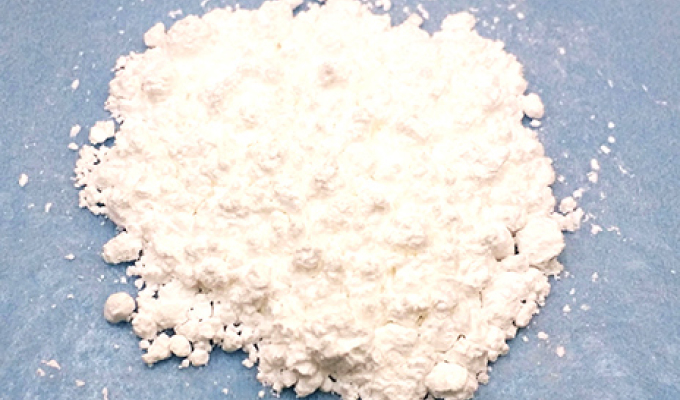
Deodorant
A chemical deodorant that neutralizes ions to produce a deodorizing effect on a wide range of odors, depending on the application.
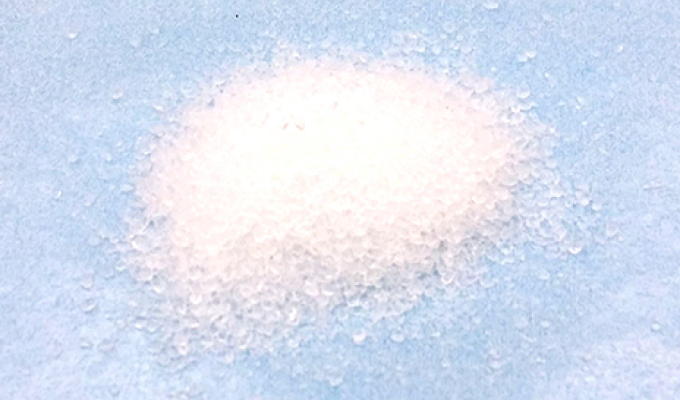
Silica gel
The main component is silicon, which chemically reacts to create a structure with a large, porous surface. It combines chemical and physical adsorption and has a wide range of adsorption properties.
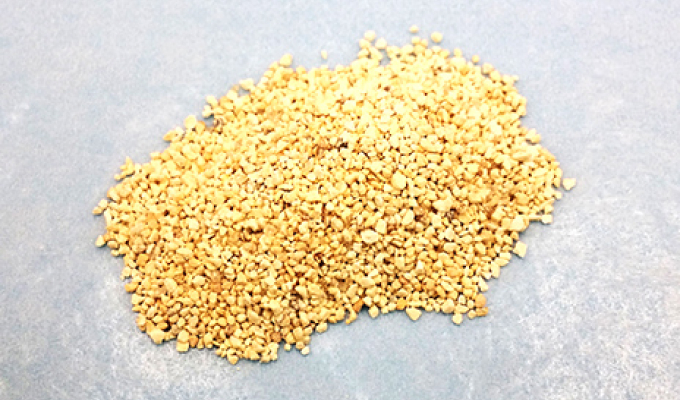
Zeolite
Hydrous alkali metal salts or alkaline earth metal salts of highly crystalline aluminosilicate. Synthetic zeolite with high absorbency and excellent ethylene adsorption is blended to retain freshness.
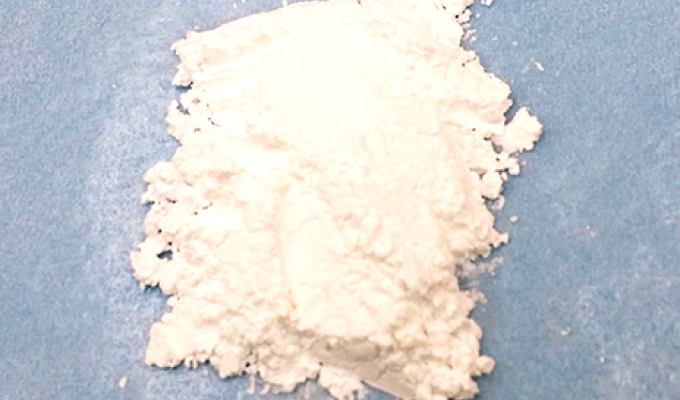
Sodium bicarbonate
Abbreviation for sodium bicarbonate. Sodium bicarbonate. A white crystalline powder that dissolves in water and exhibits weak alkalinity. Sodium bicarbonate becomes alkaline when dissolved in water and is effective in neutralizing acidic oil stains.
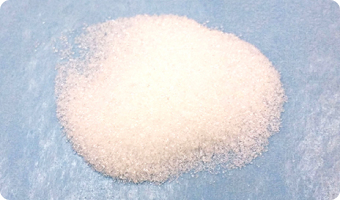
Citric acid
Citric acid is an organic compound found in citrus fruits and other fruits, and is one of the hydroxy acids. Citric acid becomes slightly acidic when dissolved in water, and is effective in neutralizing alkaline stains, such as water stains around water, through a neutralization reaction.
Reference: Japan Industrial Standards Institute website, etc.
Documents request, Inquiries
Click here for Inquiry form.